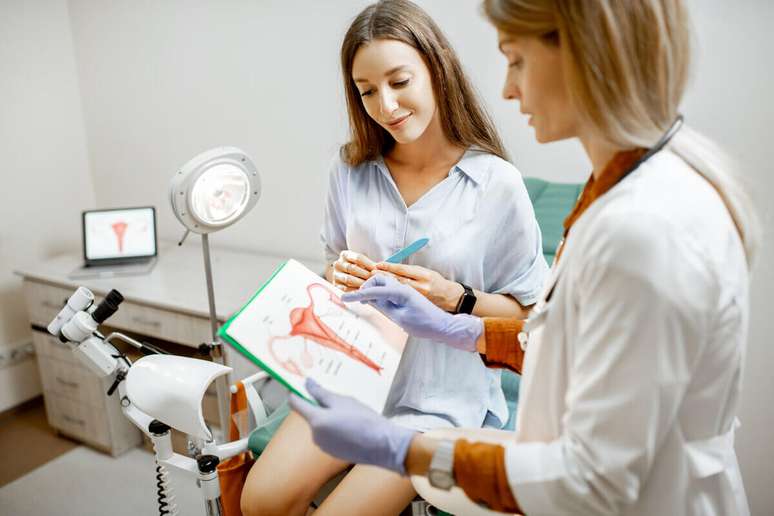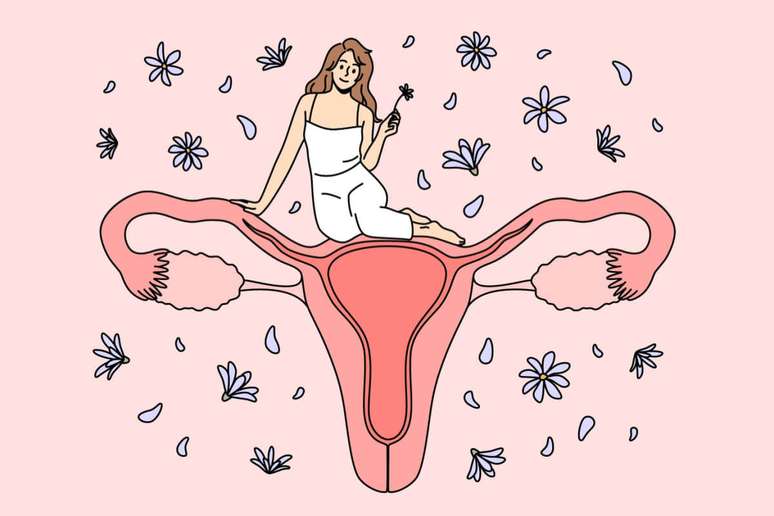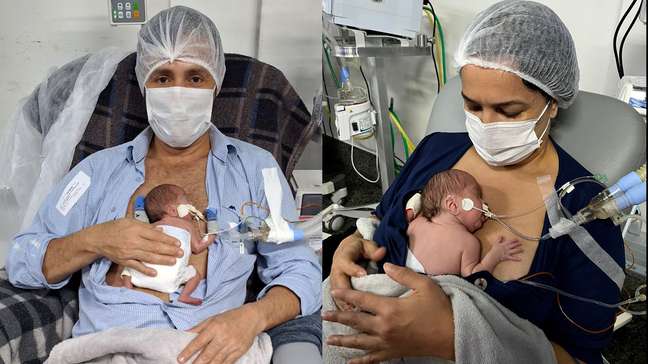This is a common type of benign tumor that develops in the muscle tissue of the uterus.
When doing gynecological visits, it is common for some women to discover some type of uterine fibroid, a common problem in the 40-year-old group that has affected even younger women. According to estimates by the Brazilian Federation of Gynecology and Obstetrics (Febrasco), the number of women of childbearing age affected by this pathology already reaches 80% in Brazil, and some factors – such as genetics and hormones – can further worsen the disease . more common in some women.
html[data-range=”xlarge”] figure image img.img-ccf2226817107a05a5a6631ba7a7a792d3bqzzum { width: 774px; height: 516px; }HTML[data-range=”large”] figure image img.img-ccf2226817107a05a5a6631ba7a7a792d3bqzzum { width: 548px; height: 365px; }HTML[data-range=”small”] figure image img.img-ccf2226817107a05a5a6631ba7a7a792d3bqzzum, html[data-range=”medium”] figure image img.img-ccf2226817107a05a5a6631ba7a7a792d3bqzzum { width: 564px; height: 376px; }HTML[data-range=”small”] .article__image-embed, html[data-range=”medium”] .article__image-embed { width: 564px; margin: auto 0 30px; }
“Myoma arises from a modified cell, which loses the ability to control cell division and, under the stimulus of steroid hormones, begins to grow. [os hormônios] they have estrogen and progesterone receptors that induce this growth, forming nodules,” explains Dr. Bianca Bernardo, gynecologist and human reproduction specialist at Nilo Frantz Medicina Reproductiva.
Characteristics of fibroids and risk factors
fibroids uterine they have a whitish color, a firm consistency, and can be of various types, sizes and locations. In this scenario, it is extremely important to consult a doctor who establishes the best form of treatment for each case.
Some risk factors can favor the appearance of fibroids, such as genetic factors, such as heredity and race. As far as race is concerned, according to studies, black women are more likely to have fibroids than women of other racial groups. Lifestyle habits, such as alcohol consumption, obesity, hypertension, among others, also influence the appearance of fibroids.
symptoms of the disease
While 75% of women have no symptoms and only discover the disease during routine exams, 25% have the following symptoms:
- Bleeding;
- Colic;
- Pain and changes in the menstrual cycle;
- Abdominal volume;
- Pain during intercourse;
- Constipation;
- Urinary incontinence.

Interference of myoma in female fertility
According to the specialist, there is no direct relationship between uterine myoma and female infertility. “However, depending on its size and location, it can make future pregnancy difficult. Many women who have myomas manage to get pregnant after myoma treatment,” says the specialist.
The gynecologist points out that there are some types of fibroids that do not interfere with female health. However, it is also stated that large intramural fibroids, especially those larger than 5cm or those affecting the endometrial cavity (inner lining of the uterus where the embryo implants), may be more associated with infertility. “They can generate recurrent miscarriages by distorting the uterine anatomy and preventing the correct implantation of the embryo in the endometrium,” she points out.
treatments for myomas
Dr. Bianca Bernardo explains that myoma treatment depends on the severity of each patient’s symptoms. If they are mild, it is only possible to contact the gynecologist. But if they are intense and affecting your quality of life, you need to treat them. Surgical treatment may be recommended for women with infertility symptoms, where the myoma could interfere with an eventual pregnancy.
“For women who do not want to become pregnant, it is common to recommend the use of medications, such as birth control pills, coils or anti-inflammatories to relieve the symptoms of pain and/or bleeding. If the conservative medical treatment does not improve the patient’s clinical condition, we can propose surgical interventions ranging from the removal of the uterus to more conservative techniques, such as the removal of fibroids by laparotomy, laparoscopy, robotic surgery, hysteroscopy or even with ablation of the uterus. fibroids through radiofrequency or embolization of the arteries that feed these tumors”, concludes the gynecologist.
By Carolina Ribeiro
Source: Terra
Ben Stock is a lifestyle journalist and author at Gossipify. He writes about topics such as health, wellness, travel, food and home decor. He provides practical advice and inspiration to improve well-being, keeps readers up to date with latest lifestyle news and trends, known for his engaging writing style, in-depth analysis and unique perspectives.








